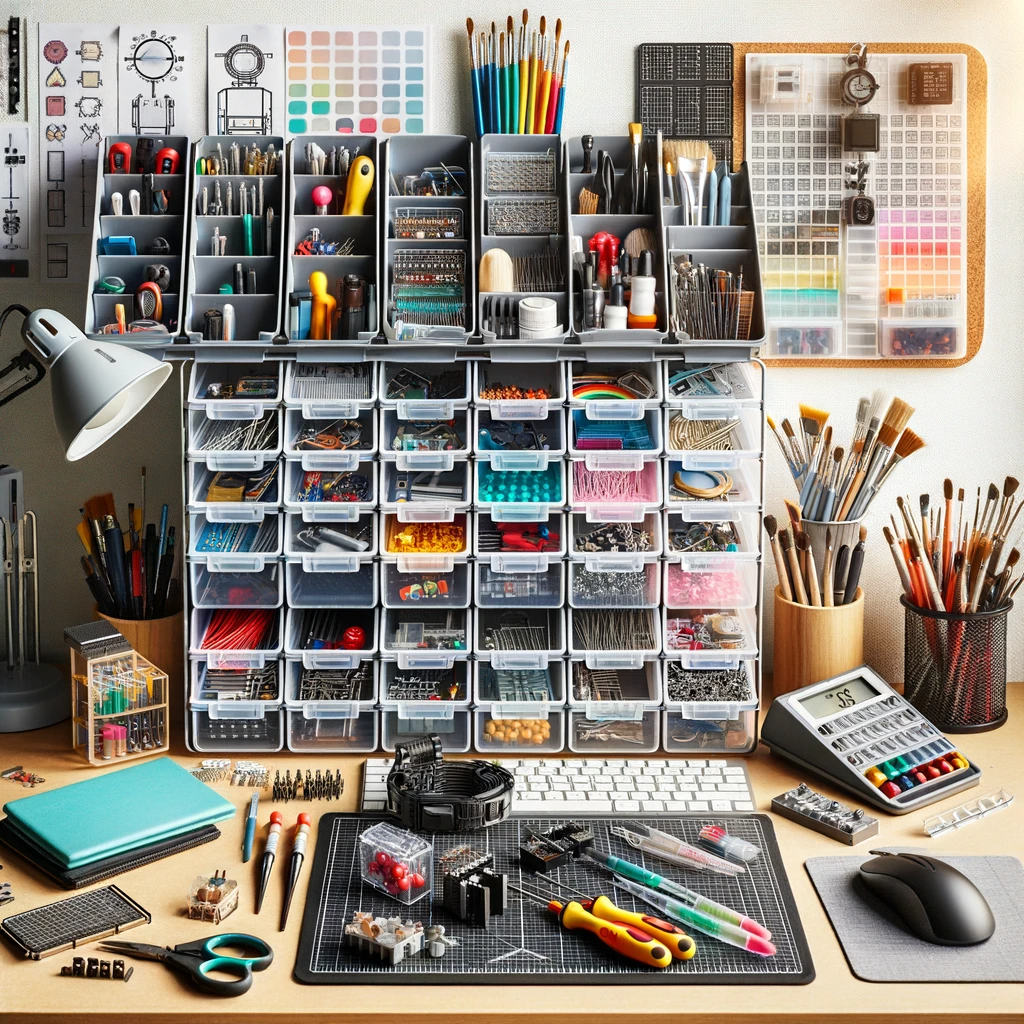“I should have made two.”
That’s what I was thinking as one bb after the other hit me while I quickly pulled the trigger on my rented airsoft gun.

A few months ago, my son and I thought it would be fun to build an airsoft gun together. Why not? We have a 3d printer and it would be interesting to see how it all works together. Eager to try it out, we drove to the airsoft field almost as soon as it was done. I rented a gun for me and gave my son the Mosquito. I would soon regret that decision. The Mosquito’s claim to be “a menace on the battlefield” proved accurate and I was wishing I had one of my own.
There appear to be two broad categories of airsoft gun enthusiasts: one group of people enjoys building replicas of actual firearms. Interesting, old, or unique firearms tend to get a lot of attention and attention to the smallest detail is key. These firearms are often very elaborate and beautiful. The Mosquito does not fit in to this crowd.
The other group of airsoft enthusiasts purchases airsoft for the sole purpose of putting as many bb’s downrange as possible. This is where the Mosquito fits in and it does its job well, much to my own regret.
Unfortunately for me, the rented guns are semi-automatic, meaning that I have to pull the trigger for each bb to be shot. My son was probably shooting 50 bb’s at me for every one that I was shooting at him. Oh well.
Overall, this was a fun project. If you enjoy Airsoft and have a 3d printer, you might want to consider adding this one to your arsenal.
HYBRID AIRSOFT – MOSQUITO Open Beta 2 Handbook (google.com)
Just make sure that you make two.

